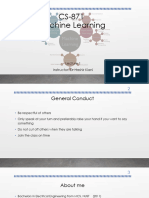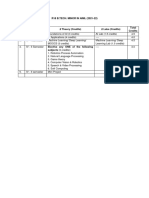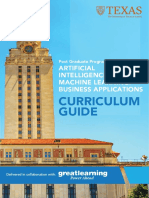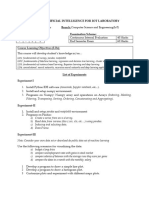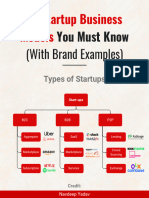0% found this document useful (0 votes)
12 views81 pagesMachine Learning and Its Applications
The document outlines a syllabus for a Machine Learning course, detailing various units covering topics such as regression techniques, classification techniques, artificial neural networks, and clustering. It includes practical assignments and evaluation methodologies, emphasizing hands-on experience with tools like Python and libraries such as sklearn. Additionally, it highlights the applications of machine learning in natural language processing and computer vision.
Uploaded by
jainambohara03Copyright
© © All Rights Reserved
We take content rights seriously. If you suspect this is your content, claim it here.
Available Formats
Download as PDF, TXT or read online on Scribd
0% found this document useful (0 votes)
12 views81 pagesMachine Learning and Its Applications
The document outlines a syllabus for a Machine Learning course, detailing various units covering topics such as regression techniques, classification techniques, artificial neural networks, and clustering. It includes practical assignments and evaluation methodologies, emphasizing hands-on experience with tools like Python and libraries such as sklearn. Additionally, it highlights the applications of machine learning in natural language processing and computer vision.
Uploaded by
jainambohara03Copyright
© © All Rights Reserved
We take content rights seriously. If you suspect this is your content, claim it here.
Available Formats
Download as PDF, TXT or read online on Scribd
/ 81

